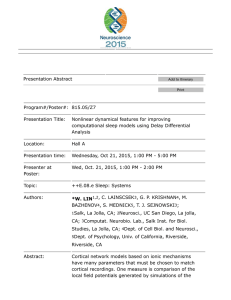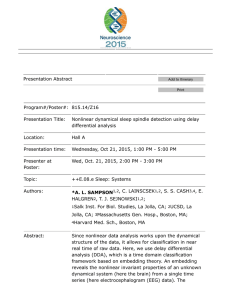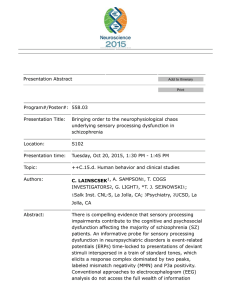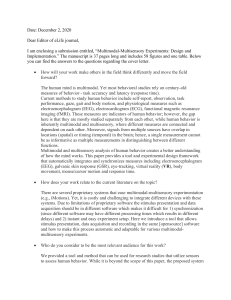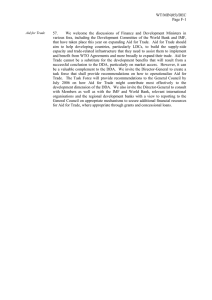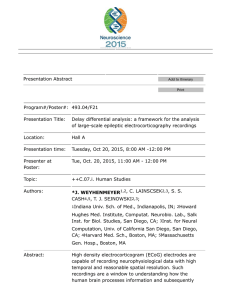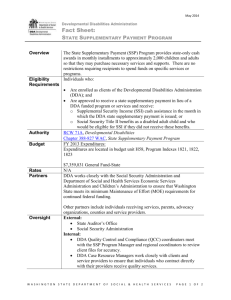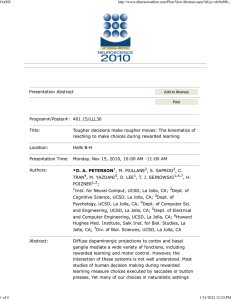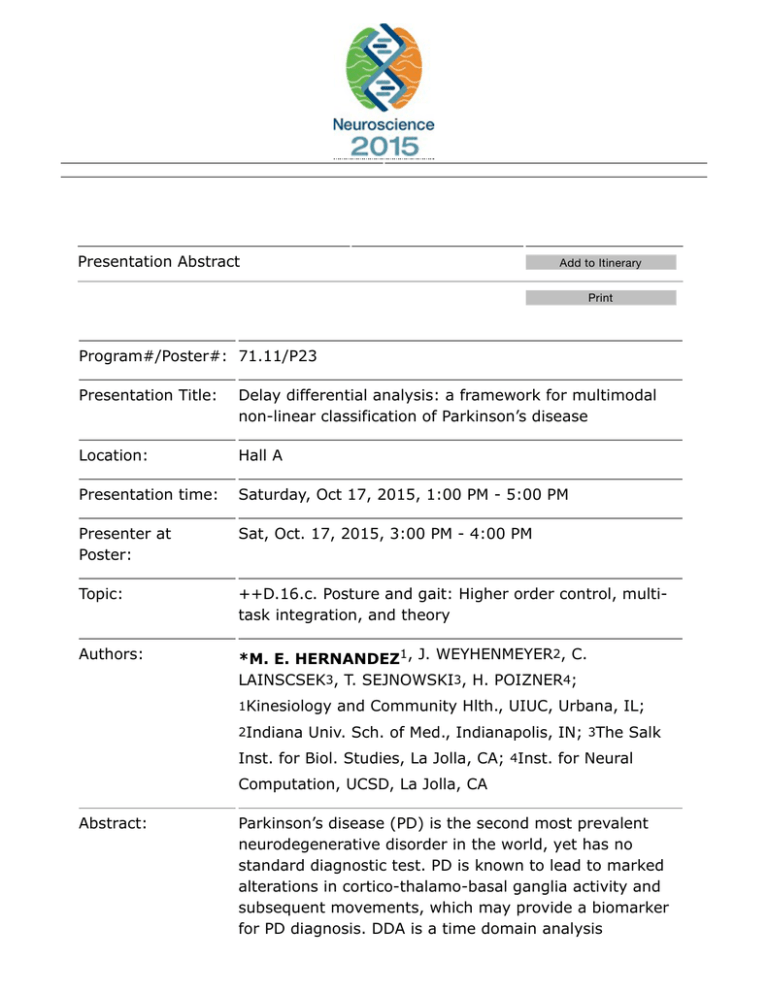
Presentation Abstract
Add to Itinerary
Print
Program#/Poster#: 71.11/P23
Presentation Title:
Delay differential analysis: a framework for multimodal
non-linear classification of Parkinson’s disease
Location:
Hall A
Presentation time:
Saturday, Oct 17, 2015, 1:00 PM - 5:00 PM
Presenter at
Poster:
Sat, Oct. 17, 2015, 3:00 PM - 4:00 PM
Topic:
++D.16.c. Posture and gait: Higher order control, multitask integration, and theory
Authors:
*M. E. HERNANDEZ1, J. WEYHENMEYER2, C.
LAINSCSEK3, T. SEJNOWSKI3, H. POIZNER4;
1Kinesiology
2Indiana
and Community Hlth., UIUC, Urbana, IL;
Univ. Sch. of Med., Indianapolis, IN; 3The Salk
Inst. for Biol. Studies, La Jolla, CA; 4Inst. for Neural
Computation, UCSD, La Jolla, CA
Abstract:
Parkinson’s disease (PD) is the second most prevalent
neurodegenerative disorder in the world, yet has no
standard diagnostic test. PD is known to lead to marked
alterations in cortico-thalamo-basal ganglia activity and
subsequent movements, which may provide a biomarker
for PD diagnosis. DDA is a time domain analysis
framework based on embedding theory in non-linear
dynamics. An embedding reveals the nonlinear invariant
properties of an unknown dynamical system (here the
brain) from a single time series (EEG or behavioral
signals). The DDA embedding serves as a lowdimensional nonlinear functional basis onto which the
data are mapped. The combination of behavioral and
neurological observations gives rise to a multimodal
analysis framework that will improve the understanding
and classification of neurological disease. We
demonstrate how 750 ms of multimodal data can be
used to improve DDA classification performance of PD
after an unexpected perturbation of a virtual target
during reach to grasp movements. We found that the
anteroposterior hand position and hand aperture, in
particular, provide improved classification performance in
comparison to clean EEG data, as evaluated by the area
under the ROC curve (AROC), (AROC increases from
0.71 to 0.81 with the addition of behavioral data). Thus,
multimodal DDA may provide a tool for aiding the
clinician in the diagnosis of PD and allow for earlier
intervention with disease modifying therapeutics.
Disclosures:
M.E. Hernandez: None. J. Weyhenmeyer: None. C.
Lainscsek: None. T. Sejnowski: None. H. Poizner:
None.
Keyword (s):
PARKINSON'S DISEASE
NEUROIMAGING
MOTOR CONTROL
Support:
Howard Hughes Medical Institute
NSF grant #SMA-1041755
NSF ENG-1137279 (EFRI M3C)
ONR MURI Award No.: N00014-10-1-0072
Note: When adding items to your Itinerary, please click "Add Checked Selections to
My Itinerary" on EACH page of your search results.
At the Meeting
Sessions/Events
Abstracts
Registration
Hotel/Travel
Exhibits
Fellowships, Awards, and Prizes
Frequently Asked Questions
CME
Access the SFN Member Center
OASIS Technical Support.
Monday - Friday, 9 am - 5 pm CT
Phone: 1-217-398-1792
Email: OASIS Helpdesk
Leave OASIS Feedback
The Online
Abstract
Submission and
Invitation
System
© 1996 - 2015
Coe-Truman
Technologies,
Inc. All rights
reserved.

